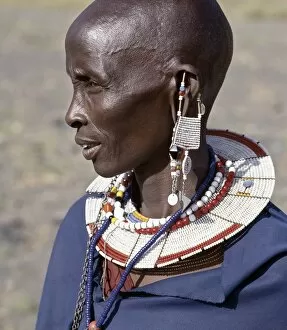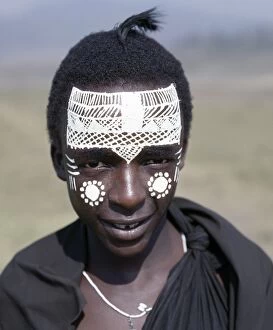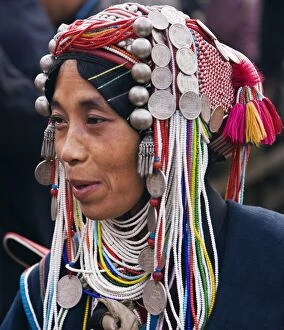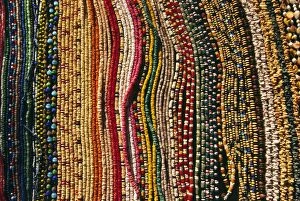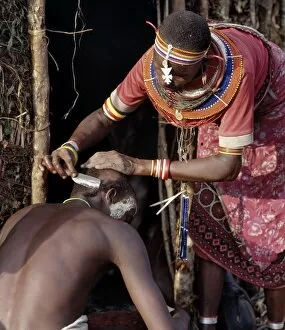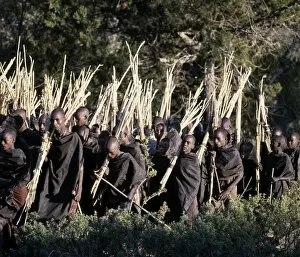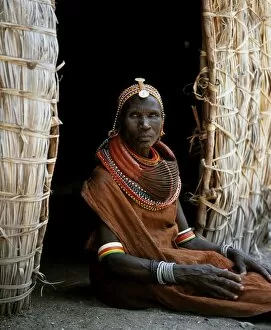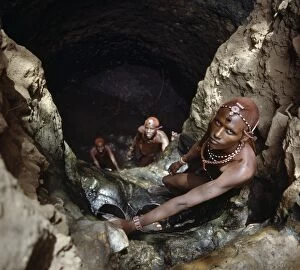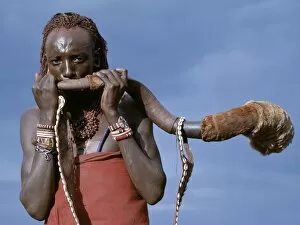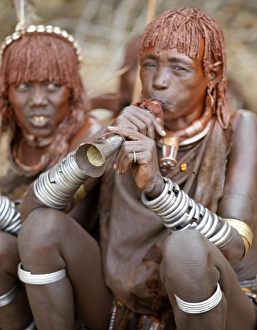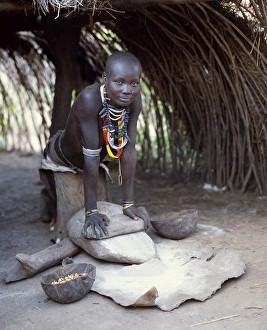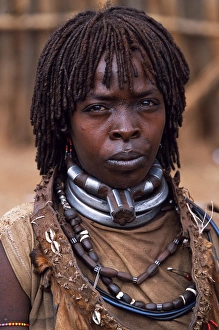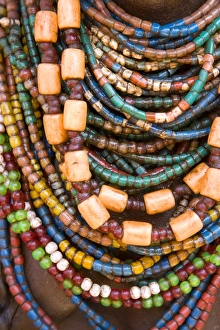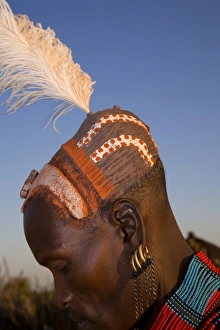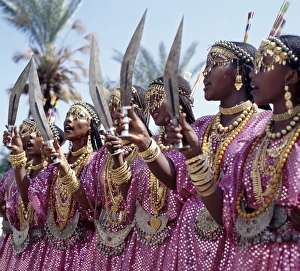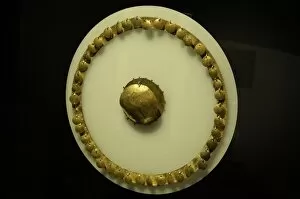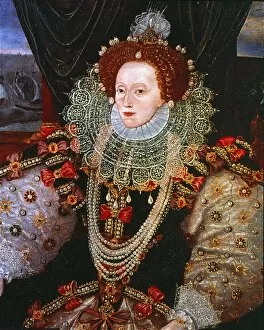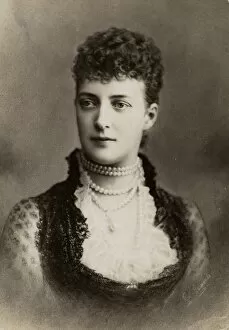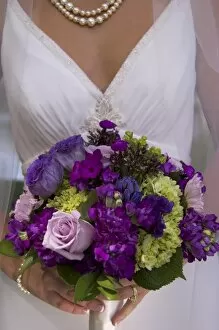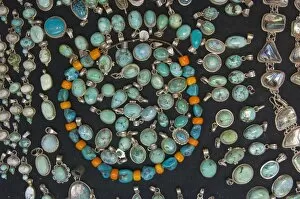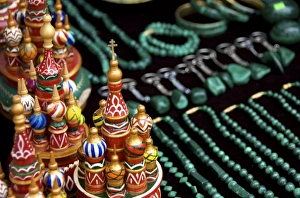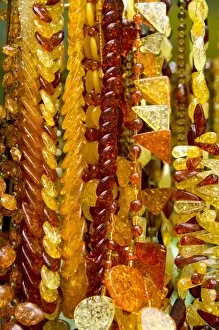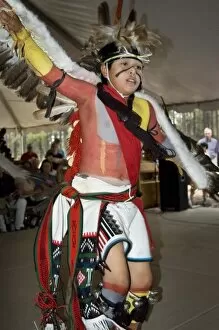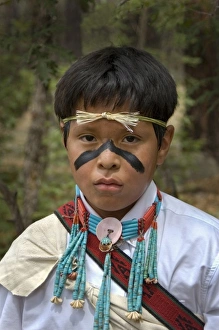Neck Lace Collection (page 4)
"From Anne Boleyn to the Roaring Twenties: The Enduring Allure of the Neck Lace" Throughout history, necklaces have been more than just pieces of jewelry
All Professionally Made to Order for Quick Shipping
"From Anne Boleyn to the Roaring Twenties: The Enduring Allure of the Neck Lace" Throughout history, necklaces have been more than just pieces of jewelry. They hold stories, symbolize power, and captivate hearts. Take a journey through time as we explore some fascinating hints about necklaces that have left an indelible mark on our collective imagination. In the court of Henry VIII, Anne Boleyn's infamous "B" necklace became a powerful emblem of her influence and ambition. It was said to be adorned with precious gemstones and pearls fit for a queen. Fast forward to the 1920s, where flapper girls sat at cocktail bars wearing long strands of pearls that swung freely with their every move. These necklaces embodied rebellion against societal norms and exuded an air of sophistication. Traveling eastward, we encounter Hindu mythology where Freyja's necklace played a pivotal role in Norse legends. This mythical piece brought love and fertility but also caused chaos when stolen by Loki—a tale echoing themes found in many cultures worldwide. Scientific brilliance meets elegance when Marie Curie is captured wearing a delicate necklace in an old photograph. A reminder that even amidst groundbreaking discoveries, femininity can shine through. The world-renowned pianist Clara Schumann graced concert halls while donning exquisite necklaces that complemented her musical prowess. Her lithograph showcases not only her talent but also her impeccable taste in fashion. In contrast to these refined images stands Mary Tudor's imposing presence with Egleton around her neck—an extravagant display of opulence befitting royalty during turbulent times. Turning our attention westward, we glimpse Chief Two Moons from the Cheyenne tribe proudly displaying his tribal adornments—a testament to cultural heritage preserved through generations. Fashion magazines like The Tatler immortalized iconic moments such as their Autumn Fashion Number in 1955—where models flaunted glamorous necklaces that set trends for the season.

